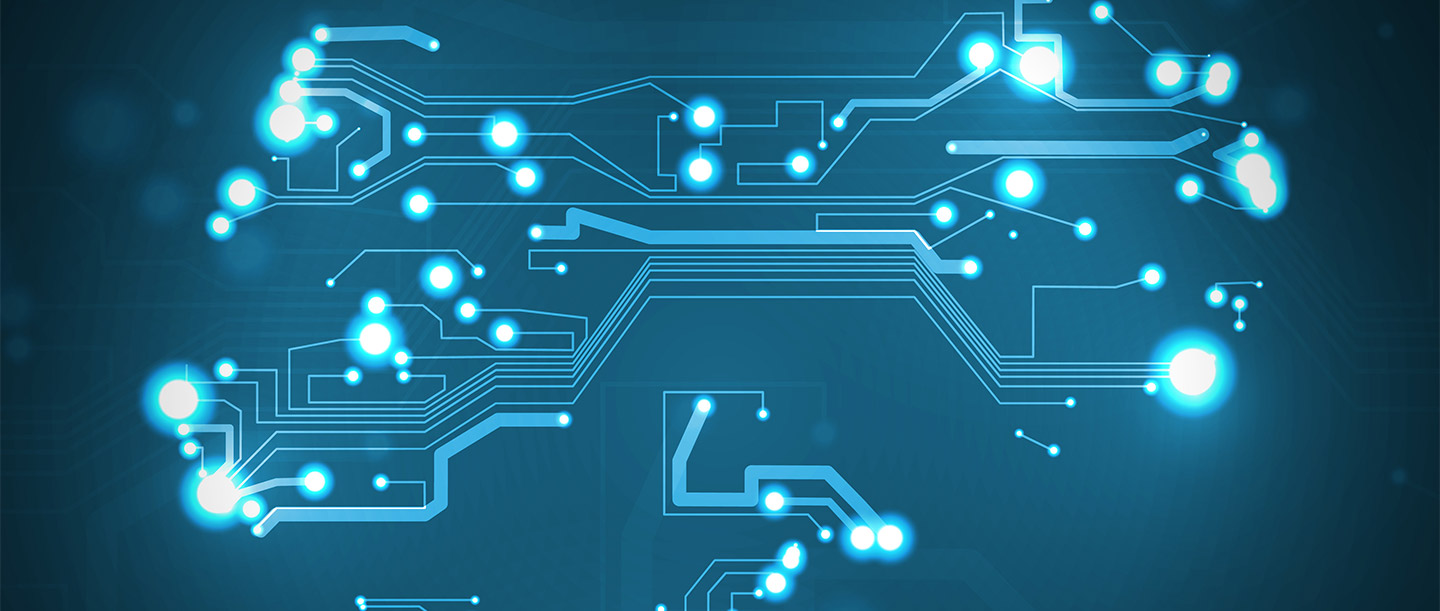Brain’s Immune Protectors Can Now Be Grown in the Lab for Close Study
Brain’s Immune Protectors Can Now Be Grown in the Lab for Close Study

For the first time, neuroscientists have coaxed human stem cells to grow into microglia, elusive and difficult-to-study immune cells that are essential for a healthy nervous system. The method of growing and maintaining the cells, described September 26 in the journal Nature Medicine, will enable researchers to study how microglia function when they are healthy, as well as how they contribute to disease.
The development of the system was led by Professor Rudolf Jaenisch at the Whitehead Institute for Biomedical Research. 2014 NARSAD Young Investigator Julien Muffat, Ph.D., and 2012 Young Investigator Yun Li, Ph.D., both at the Whitehead Institute, were the lead authors of the study.
Microglia are the central nervous system’s primary line of defense against pathogens and other invaders. They are also essential for shaping neural circuits during development and repairing the brain after an injury. Problems with microglia have been implicated in several neurodegenerative disorders, including Alzheimer’s and Parkinson’s diseases, but researchers’ ability to study the cells has been limited.
Method directs stem cells to develop into microglia, immune cells of brain & CNS – vital in understanding brain illness. Tweet >
Microglia reside deep within the brain, making them difficult to observe and manipulate, even in animal models. What’s more, the cells’ forms and functions change as the nervous system develops and in response to injury or infection. Isolating the cells from their natural environment takes away cues generated by neighboring cells that tell microglia how to grow and behave.
In recent years, researchers have devised methods of directing stem cells to develop into most of the cell types found in the nervous system. Such cells are powerful research tools, particularly when they are generated from induced pluripotent stem (iPS) cells—stem cells derived from skin or other adult cells, which have the identical genetic makeup of the donor of the adult cells. The derived cells can be used to investigate disease processes, facilitate drug discovery, and learn more about how healthy cells function. But until now, microglia had been left out of these types of studies.
Drs. Muffat, Li, and their colleagues developed a method for directing iPS cells, as well as embryonic stem cells, to take on the specialized features of microglia. Then, to maintain these microglia-like cells in the lab, they devised a three-dimensional support system that provides the cells with essential molecules they would encounter within the central nervous system. Cells grown in this way closely mimic many key characteristics observed in microglia that develop inside the brain, creating new opportunities to study their roles in health and illness.
TAKEAWAY: Microglia are specialized immune cells essential for the development and health of the central nervous system. Researchers can now grow microglia in the lab using human stem cells, opening new opportunities to study their function.


